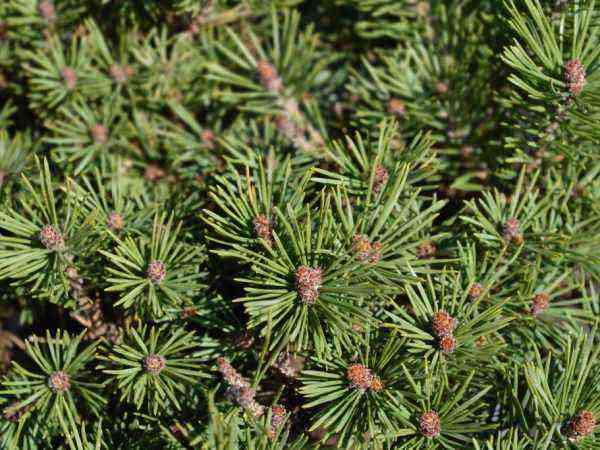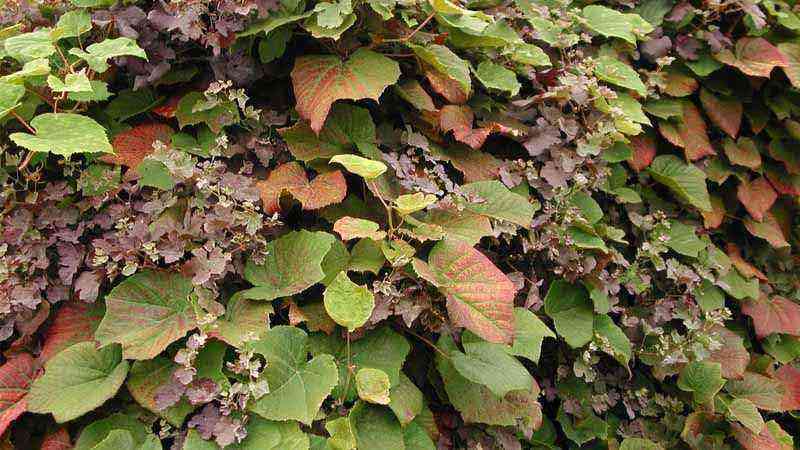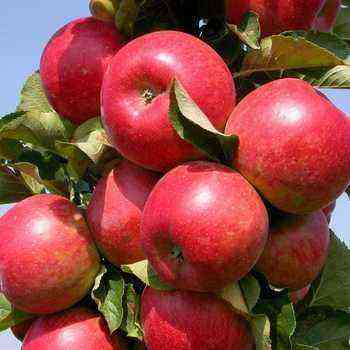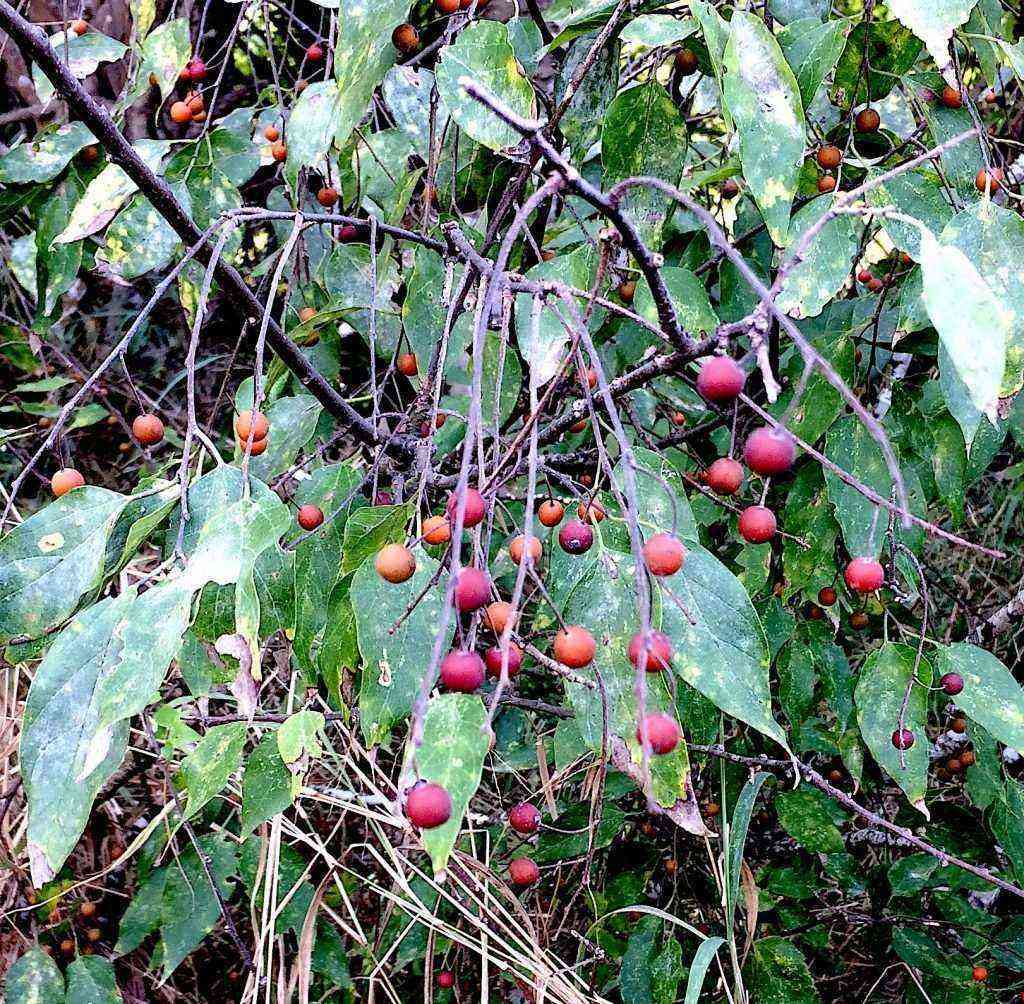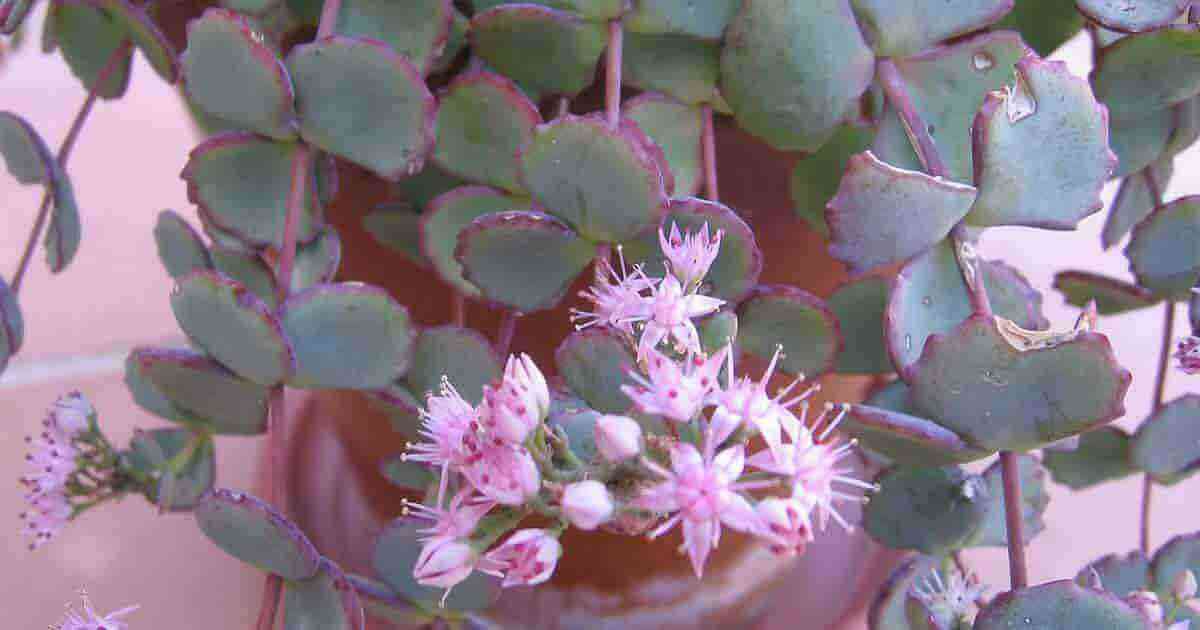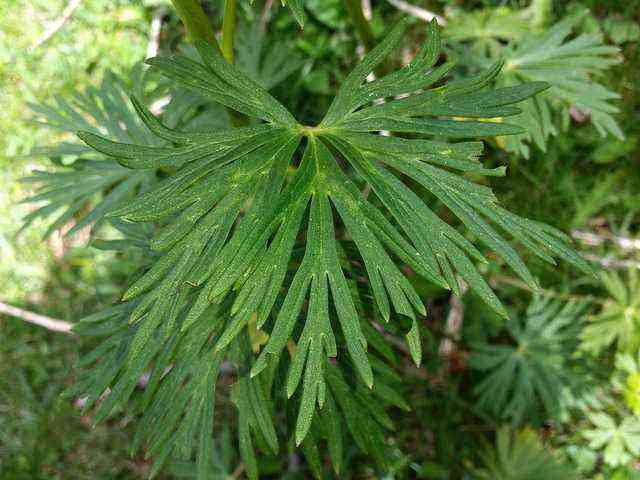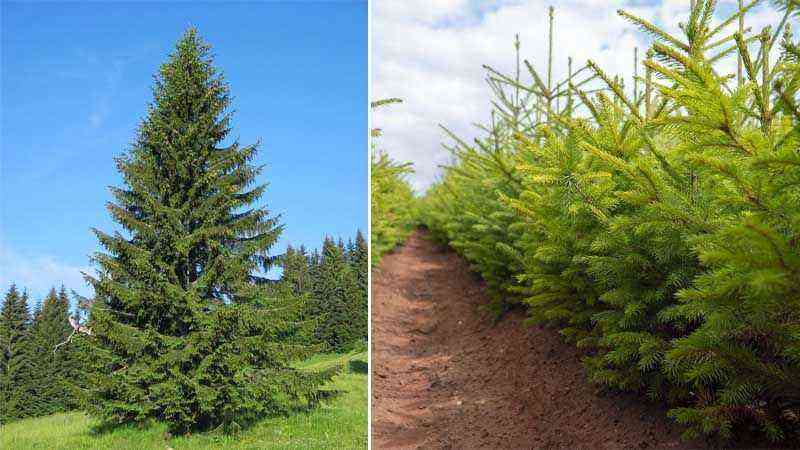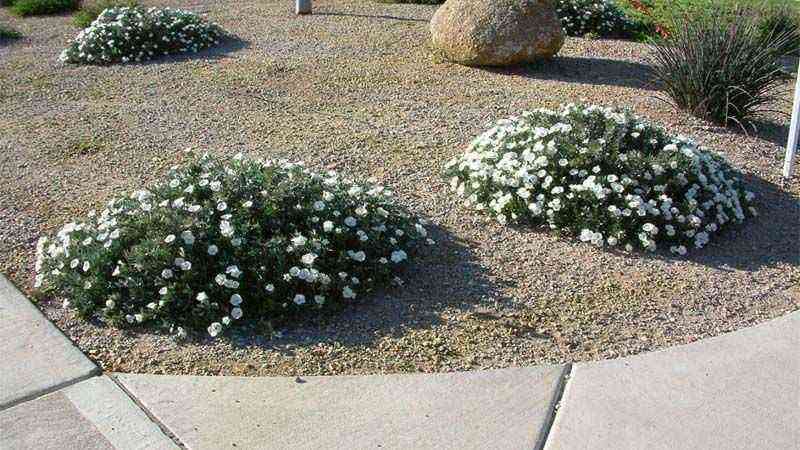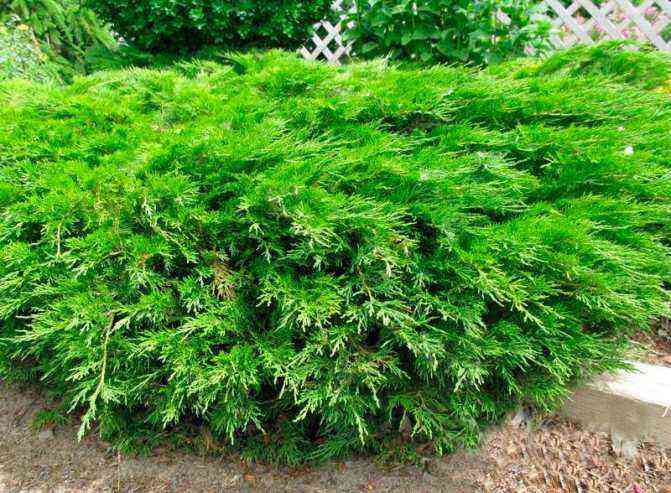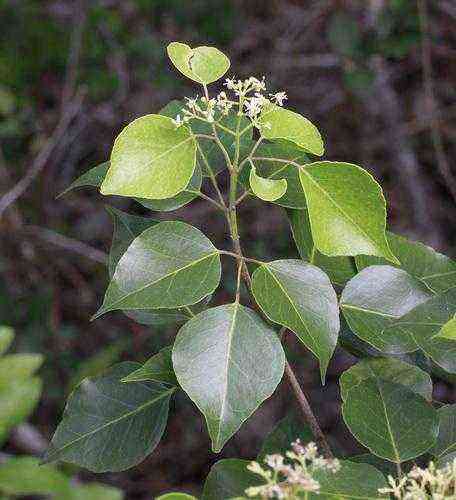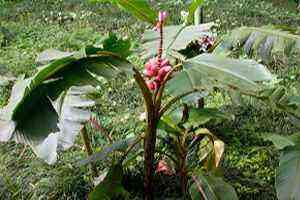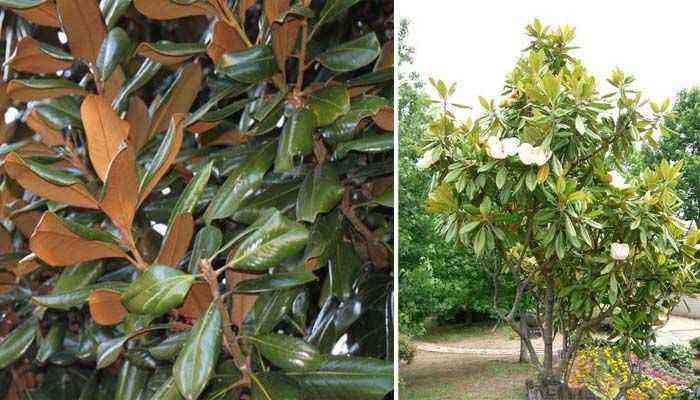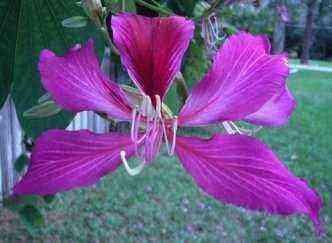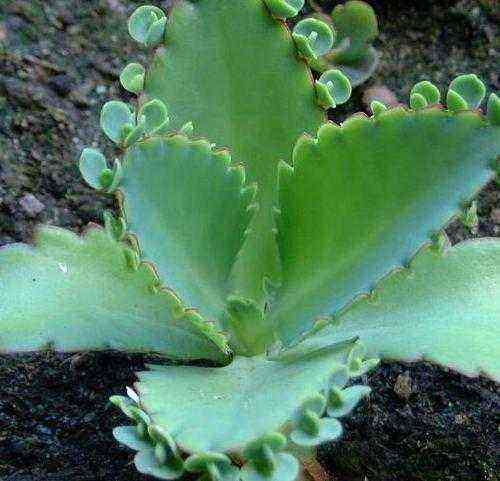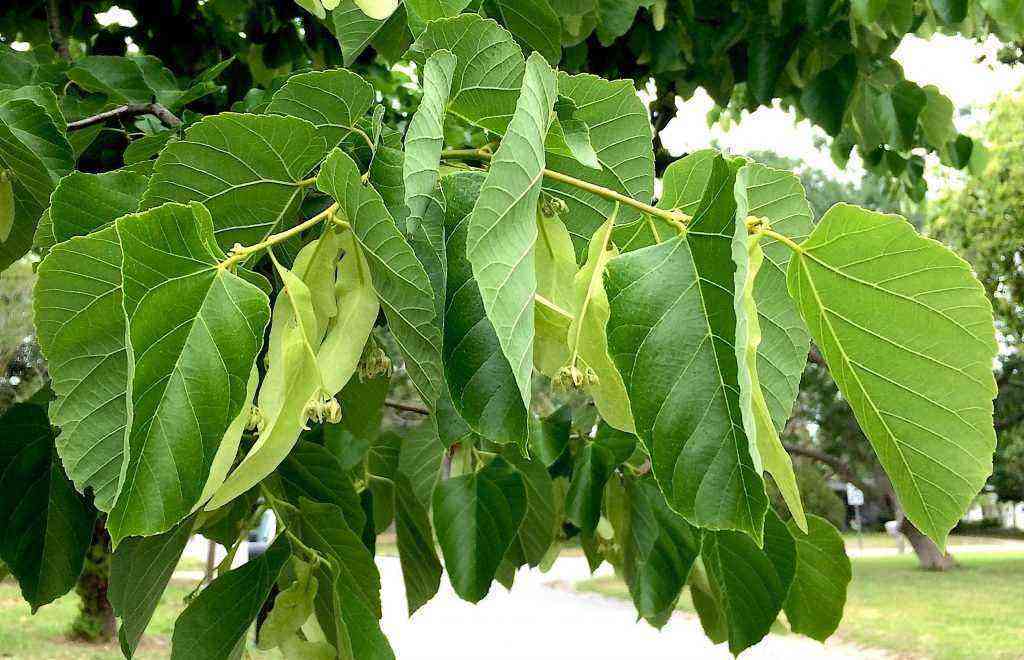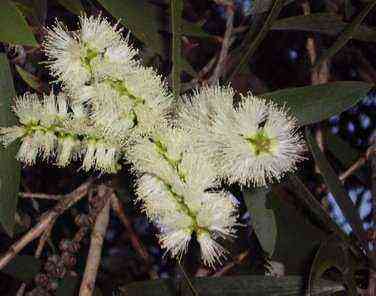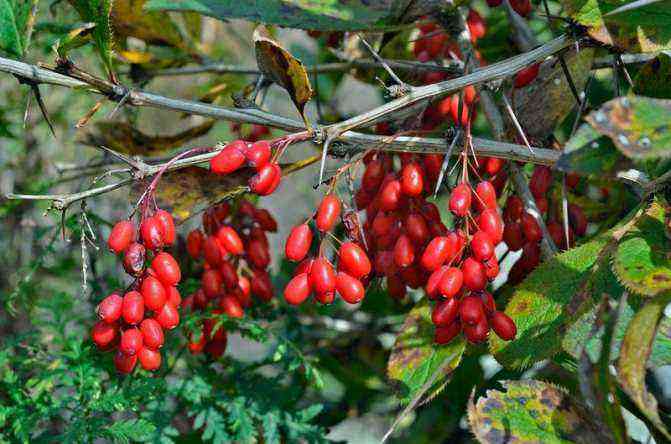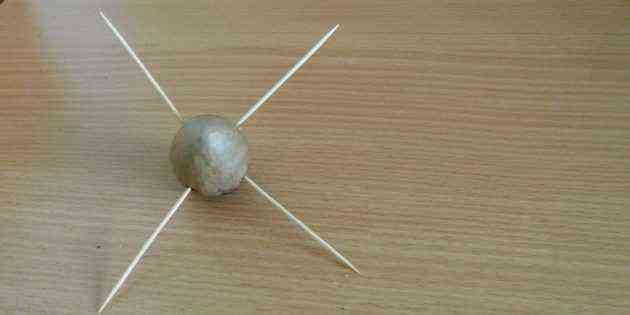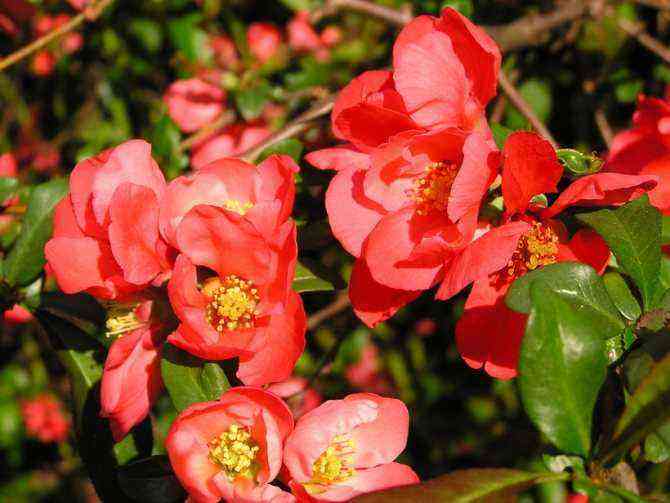The viburnum, whose scientific name is Viburnum full of foul odors or also Viburnum lucidum, it is a shrub of the family Adoxaceae native to tropical Asia and Taiwan.
Due to its resistant condition and its dense foliage that remains always green, it is highly appreciated for grow in large gardens as a hedge to separate areas or border paths, even to isolate areas of noise, although it is also planted alone in pots or in the ground, to create topiaries, giving it artistic forms through pruning.
Eduardo Scissorhands would be happy in a garden full of viburnums …
Characteristics of the viburnum (Viburnum lucidum)
El viburnum It is a highly valued shrub as an ornamental plant, both for its dense evergreen foliage as for its beautiful flowering in spring. From rapid growth, usually reaches 2,5 meters in height.
Its trunk has a soft and smooth crust greyish brown in color. The leaves, bright green, are oblong and oval in shape, with serrated edges and highly marked veins.
When spring arrives it blooms, its branches are filled with small bouquets or inflorescences full of small flowers of just 1 cm. in diameter, creamy white and very fragrant that are very attractive to bees. The fruits emerge from them, small bluish or garnet berries that turn almost black when ripe.
Both the leaves and the fruits are highly toxic, they contain viburbina and tannins that ingested in small quantities can cause digestive problems and urinary bleeding and if the doses are high the consequences can be more serious, producing cardiorespiratory arrest or dyspnea.
Caring for the Viburnum lucidum in the garden
Location
It is quite resistant and easily adapts to almost any area, provided that the minimum temperature does not exceed -7 ° C. Even so, we must take into account some growing conditions to achieve leafy and durable plants.
Its ideal location is in areas with a lot of light, although it is advisable to have periods of shade so as not to be exposed all day to full sun as it could harm its growth.
Planting and soil type
The ideal time to transplant to a larger pot or a final location in the ground is in spring, when the temperature of the soil begins to rise and there is no longer a risk of frost. It adapts well to many types of soil as long as they are fertile.
Pruning
The viburnum lends itself well to pruning. Depending on how it is done, the shape will be a tree, topiary or hedge. The most common is to use it as a square or rounded hedge. The shallowest pruning to maintain shape is done throughout the year, about every 20 days or as needed, and the deepest pruning to sanitize is done during the spring.
Irrigation
The viburnum needs a soil with good humidity conditions, it does not support waterlogged or too dry soils. The most suitable watering frequency is 3 times a week in spring and summer, and once or twice a week the rest of the year.
Subscriber
Being a leafy shrub, it is very important to fertilize it during the growing season, from the beginning of spring to the beginning of autumn, so that the foliage develops correctly. We will have to pay with nitrogen-rich fertilizers, phosphorus and micronutrients such as guano, horse manure or universal fertilizers for green plants.
Viburnum diseases and pests
Despite being a plant that does not suffer from major diseases, as it has such dense foliage, it is very attractive to insects that feed on its leaves. The most common are aphids, mealybugs and spider mites. In any case, they can be fought with specific insecticides for each insect.
As for diseases, the only one that affects you is caused by mushrooms Phytophthora, that usually appear when we have watered excessively and the substrate gets flooded. It is very difficult to treat and can cause irreversible damage to the plant. Copper oxychloride or copper hydroxide might help, but the best solution is take care of the frequency of irrigation so that they do not occur.
Multiplication of Viburnum lucidum
If you already have a viburnum and want to get new copies, you can do it in three different ways.
By air layering
Is the simplest way of all. You just have to choose a young, flexible branch that is low to the ground. Without cutting it, we will bury a part of it, leaving the upper leaves outside. After a while it will begin to root and after about 10 or 12 months it will be a new plant, ready for transplantation.
By cutting
To play the Viburnum lucidum through cutting we must do it during spring. For this we will select a branch of about 25 or 30 cm., Young, soft and slightly woody and we will cut it with pruning shears previously disinfected with alcohol. We will prepare a pot with a porous substrate that is composed of 50% black peat and 50% perlite and we will water it so that it is humid. The stem that we have cut, we will moisten it, we will apply rooting hormone powders in the area of the cut and we will plant it in the pot, which we will leave in a bright place but without direct sunlight. After about a month, the cutting will begin to take root, becoming a new plant.
By seeds
This is the way more expensive and complicated to reproduce the viburnum, since we must first stratify the seeds by putting them in a container with a lid and covered below and above with moistened vermiculite. Then we will keep the container with the seeds in the refrigerator for at least 4 months, taking care to aerate it from time to time so that fungi do not occur.
After that time and always during the beginning of spring, we can plant the stratified seeds in a seedbed with porous substrate until they germinate and give rise to seedlings.
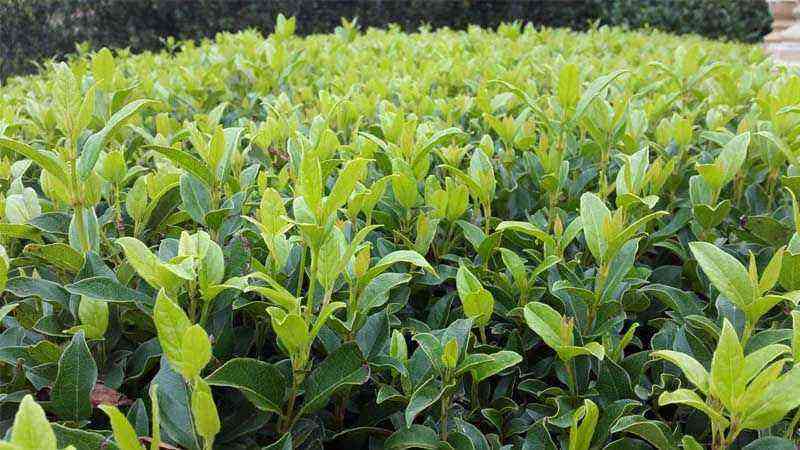
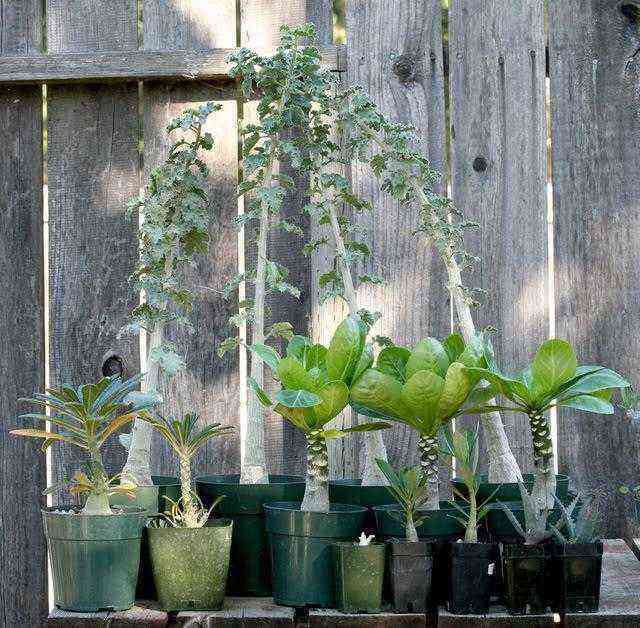


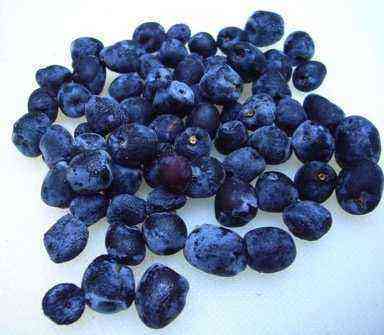

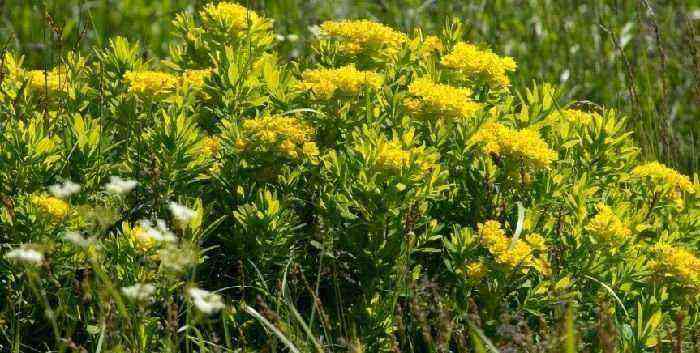

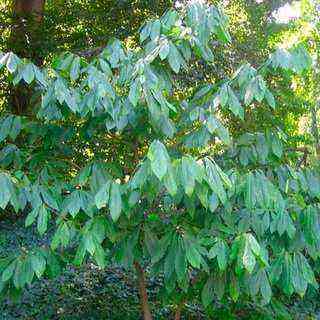


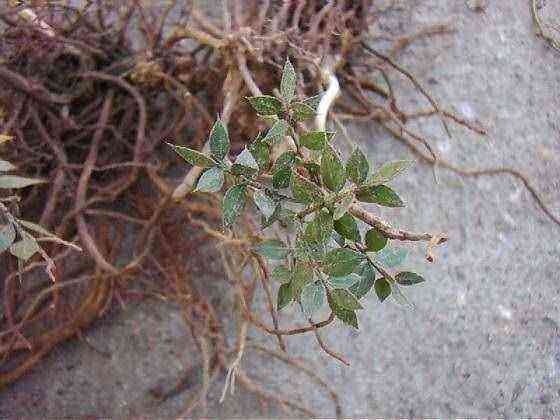
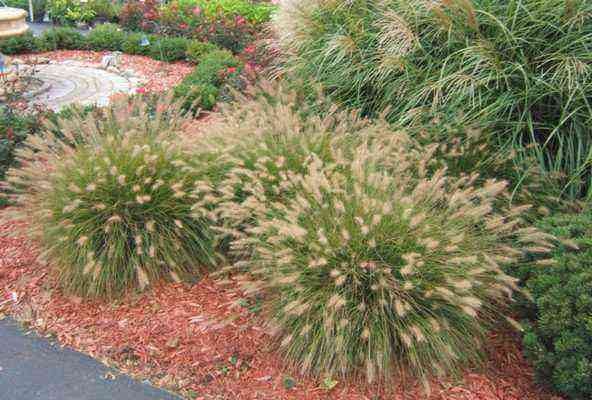
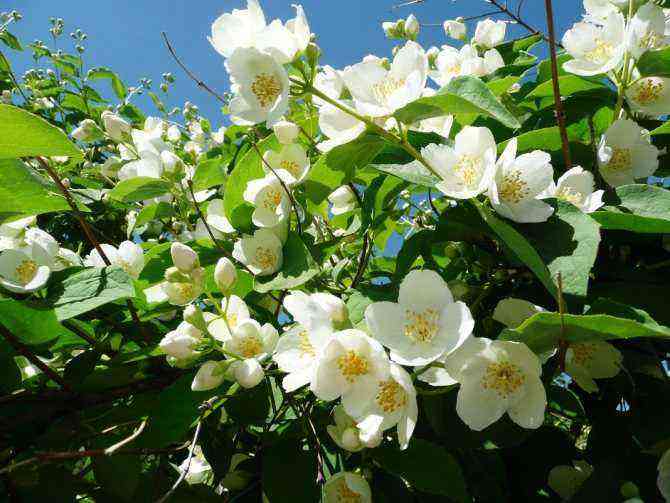
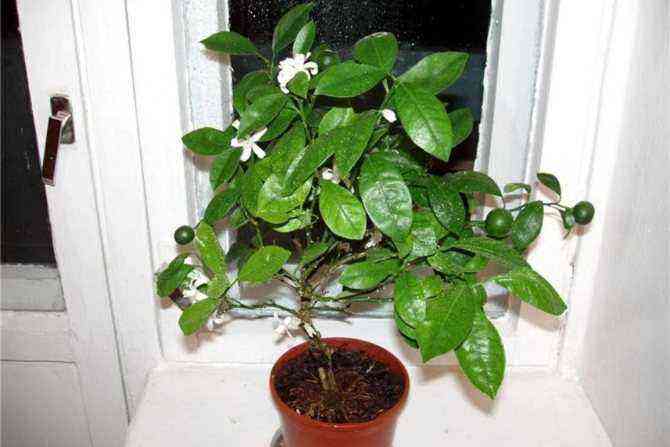
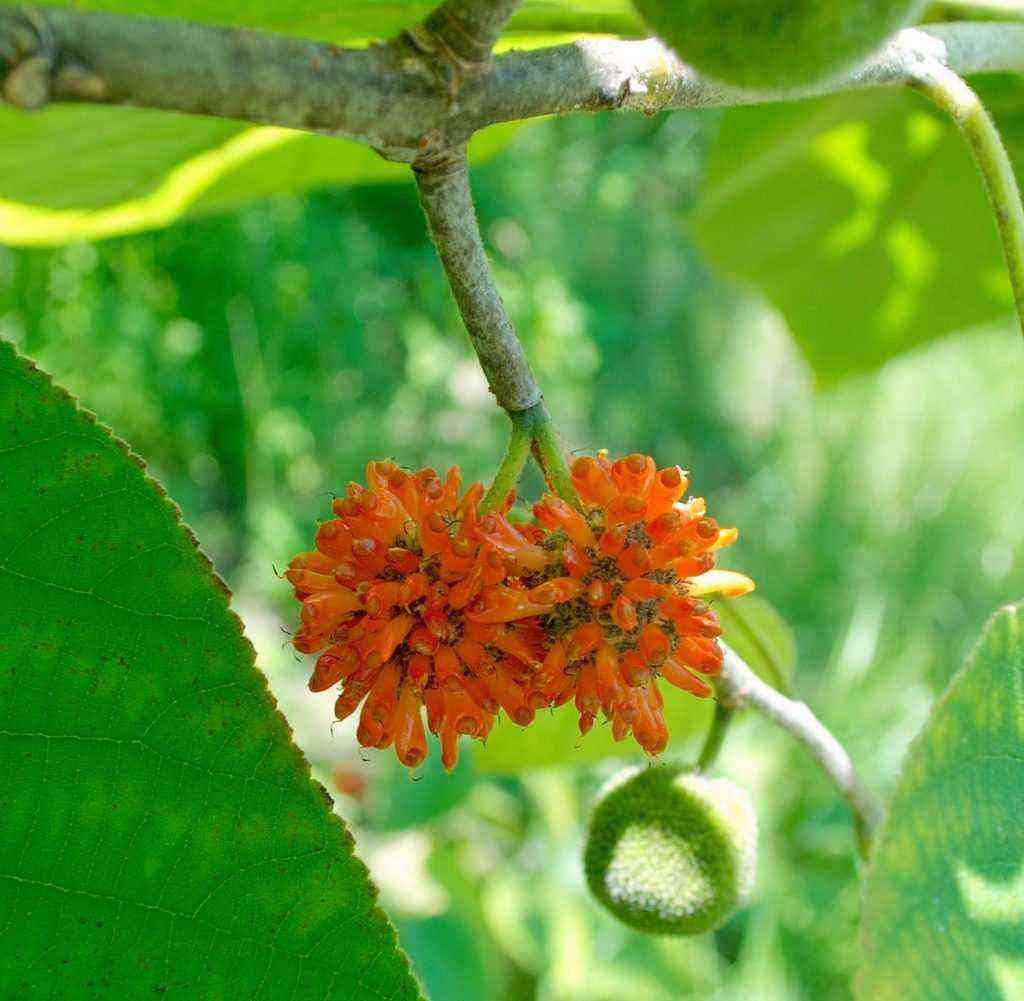
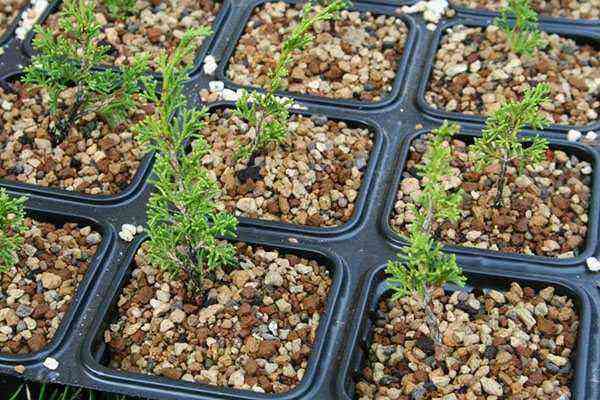
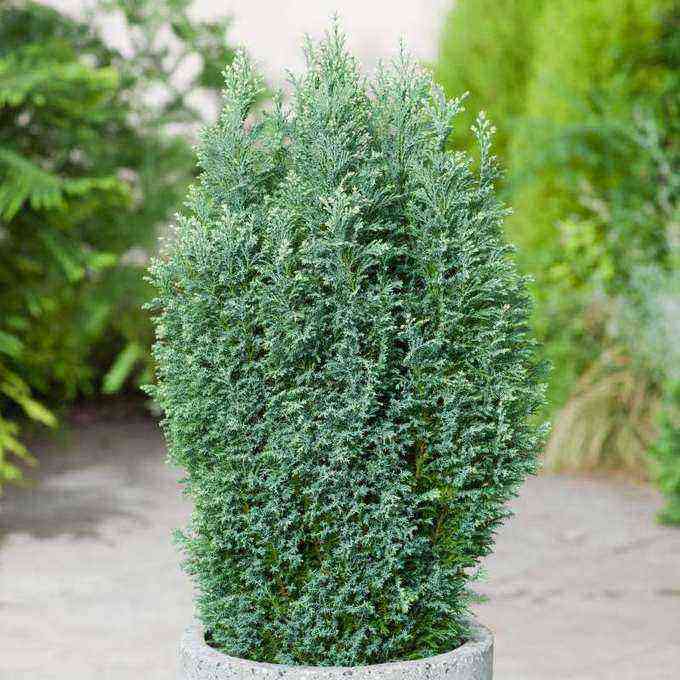
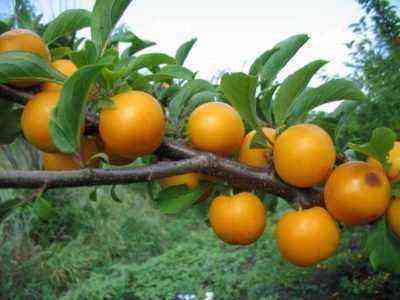
![Cultivo de Magnolia stellata [magnolia estrellada] Cultivo de Magnolia stellata [magnolia estrellada]](https://farmer-online.com/wp-content/uploads/2021/05/Cultivo-de-Magnolia-stellata-magnolia-estrellada.jpg)
